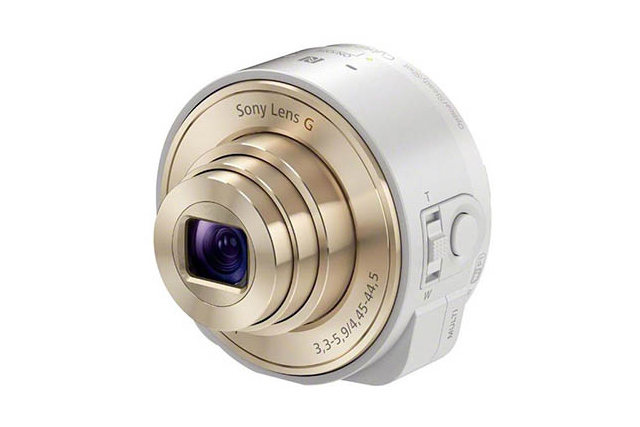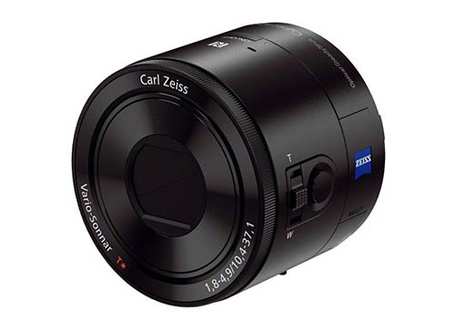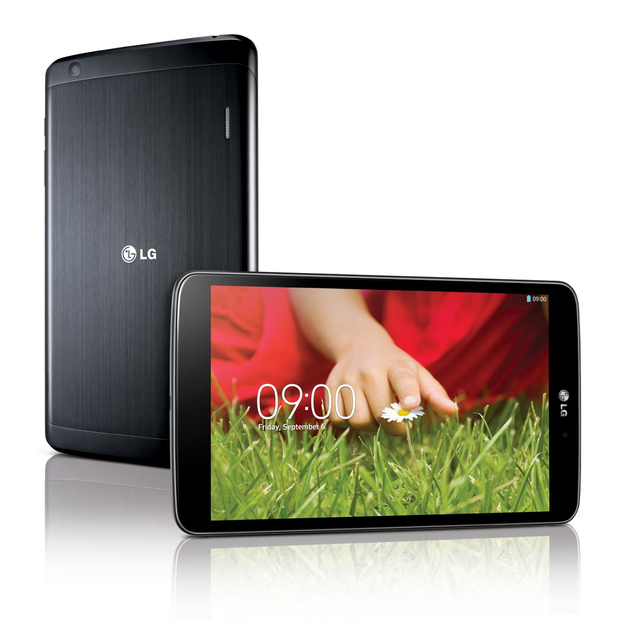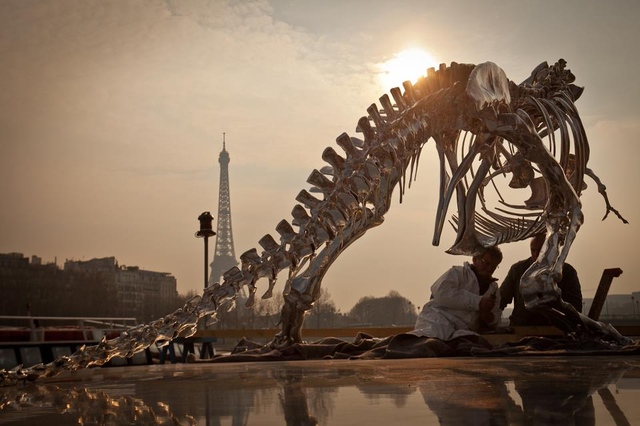Watch a pinhole camera turn empty apartments into living photographs
Watch a pinhole camera turn empty apartments into living photographs

The camera obscura is one
of the simplest ways to reproduce imagery in the world, but a pair of
French photographers are using its basic principles to turn entire
apartments into canvases. Traditionally, a camera obscura is created by
taking a light-proof box and making a pinhole in it; hence the term
"pinhole camera." Light enters the box through the hole, and recreates
the image on the opposite wall, upside down. Romain Alary and Antoine Levi use the same technique,
but with large physical spaces as their light-proof box instead — and
then they film the result. It allows them to create dreamy, surreal
montages where the physical textures of an apartment wall merge with the
busy street outside in a kind of Inception-esque mash-up of reality and dream.
Sony's lens camera smartphone accessories could start from $250
Sony's lens camera smartphone accessories could start from $250

In case you needed further proof that Sony will announce its "lens cameras" soon, Sony Alpha Rumors (SAR) has leaked the rumored accessories yet again. The camera site has previously revealed
the lens cameras will attach to iOS and Android devices and act as a
wireless lens using Wi-Fi. This time, the big surprise is color: SAR has
obtained images from an anonymous source that show the rumored QX10
lens camera in a champagne gold and silver finish — perfect for that rumored gold iPhone 5S.
Prices could range from $250 - $450
Along with the new images, which also depict the higher-end QX100 complete with buttons and labels, SAR has
more details on the lens cameras' specifications, prices, and features.
The QX10 will reportedly cost $250, while the QX100 is pegged at $450.
Both will be capable of shooting 1080p video at 30 frames-per-second and
feature optical image stabilization. Images and video can be saved
directly to your smartphone and to memory within the lens camera itself,
and you'll be able to control zoom, exposure, white balance, and focus
from your mobile device. An NFC logo that sits atop the lens cameras
implies that you'll be able to pair the lens with your smartphone
without diving through your device's Wi-Fi settings.

As previously reported, the QX10 is rumored to feature the same 1/2.3-inch 18-megapixel sensor and f/3.3-5.9 lens as Sony's WX150 camera, while the QX100 will apparently take the 1-inch 20.2-megapixel Exmor R sensor and f/1.8-4.9 Carl Zeiss lens from one of our favorite cameras, the RX100m2. We expect both lenses to be announced at Sony's September 4th press conference at the IFA consumer electronics show in Berlin.
LG announces G Pad 8.3, just in time for a new iPad mini
LG announces G Pad 8.3, just in time for a new iPad mini

inShare
Apple is widely expected to announce the second generation of its iPad mini in the coming months — possibly as soon as September 10th
— but LG's competitor in the 8-inch class is getting the spotlight
first. The rumored G Pad 8.3 has been announced by the Korean
electronics giant this evening, featuring what LG claims to be the first
full HD display (1920 x 1200, to be exact) in a tablet of this size —
though it conveniently ignores the new Nexus 7, presumably because it falls into the 7-inch class, not 8.
The G Pad 8.3 will have 16GB of
internal storage, 2GB of RAM, and a Qualcomm Snapdragon 600 quad-core
processor clocked at 1.7GHz. It runs Android 4.2.2 — not Android 4.3 —
no doubt thanks to LG's software customizations that first debuted on
the G2
smartphone. One unique feature to the G Pad is an app that LG calls
"QPair," allowing users to pair to their smartphone and manage calls and
messages directly from the tablet. Why a user would wish to take a call
on the G Pad instead of their phone is unclear.
Pricing hasn't been announced
yet, but LG says the G Pad 8.3 will be available in black and white
across North America, Asia, and Europe in the fourth quarter of the
year. The company had already promised to unveil its return to the
Android tablet market at IFA 2013, so stay tuned for our first hands-on impressions from Berlin early next week.

Google shows how Project Loon could ride wind currents to keep balloons evenly spaced
Google shows how Project Loon could ride wind currents to keep balloons evenly spaced

inShare
Anyone looking to poke a hole in Project Loon — Google's ambitious project
to use balloons to bring internet access to remote regions of the world
— would likely point out that you can't keep a balloon in one spot.
Google has an answer for that, of course. The Project Loon team says it
could use wind currents at different levels of the stratosphere to
control where balloons move and ensure that the "flock" remains evenly
spaced out. That, in turn, would make sure that people down below don't
have to wait for one of the airborne antennas to pass overhead before
loading the internet.
Dan Piponi of Project Loon
explains the technique by showing off some (very cool) simulations in a
video released this week to explain the issue. By using
publicly-available wind data, balloons can know when to increase or
decrease in altitude to catch the current and stay in the right spot.
The flock itself would continue to travel across the world — most of the
winds in the stratosphere travel west to east — but a steady stream of
balloons, evenly spaced out, could maintain stable internet access in
areas targeted by the program.
If T-rex was a Terminator, it may have looked something like this
If T-rex was a Terminator, it may have looked something like this

Erected on the banks of the River Seine in Paris earlier this year, artist Philippe Pasqua's Tyrannosaurus rex is even more terrifying than your typical reconstruction of the king of the dinosaurs. Why? Because he's made of several hundred gleaming chrome-plated bones, giving the magnificent beast a vaguely Terminator
feel. Arnold Schwarzenegger's all-metal skeleton is scary enough as it
is — a 12-foot tall T-rex is another story altogether. Standing behind
the sculpture, the iconic Eiffel Tower rises off in the distance,
letting you imagine that a futuristic race of cyborg fossils has
descended upon The City of Light. Michael Bay, your $200 million budget
awaits.

.jpg)
